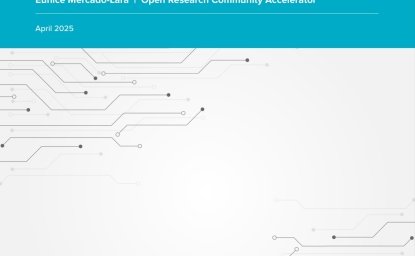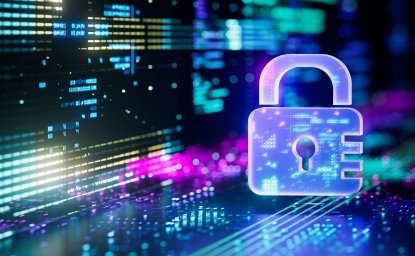 Video of Event (Real Player)
Video of Event (Real Player)
Washington, D.C. – On Tuesday, October 28, the Wilson Center's Foresight and Governance Project hosted a seminar to examine autonomic computing -- the underlying technologies and public policy implications. This was the second in a series of seminars designed to help familiarize public sector decision-makers with emerging information technologies. The series was supported by the IBM International Foundation.
Autonomic computing has emerged as a key approach to the design and development of complex computer systems and networks, an approach that promises to make these systems more resilient and self-managing.
"The idea that systems and networks can repair themselves, much like the autonomic nervous system in your body is at the heart of our autonomic computing initiative," said Alan Ganek, Vice President for Autonomic Computing at IBM, one of the speakers at the seminar. "Bringing automation to the computing environment is the first step in helping us manage vast and increasingly complex networks."
Another of the seminar speakers, Gail Kaiser is director of the Programming Systems Laboratory at Columbia University. Kaiser's work focuses on the software engineering aspects of autonomic computing, investigating models and architectures to enable self-management capabilities. "Most approaches aim to build new autonomic systems from the ground up," she said. "Our goal is to retrofit legacy systems with autonomic properties, although the infrastructures we are developing could also serve in constructing new systems."
Discussing possible government applications of autonomic computing, Peter Hughes of NASA's Goddard Space Flight Center presented some visions on autonomic sensor systems for NASA's next generation science missions. "Our future missions include teams of instruments directed to make intelligent, collaborative measurements and to be dynamic enough to identify and respond to transient science events
Many will require a degree of autonomy not believed possible."
"Just what will it mean when complex computer systems begin to manage and optimize themselves automatically? This is a question that policymakers should begin thinking about since automation has always had large and pervasive impacts on our economy and society," added Lee H. Hamilton, President of the Wilson Center.
A white paper on autonomic computing written by Dr. M. Mitchell Waldrop, whose recent books include Complexity and The Dream Machine: J.C.R. Licklider and the Revolution That Made Computing Personal is available at: www.thefutureofcomputing.org.




